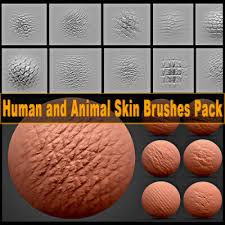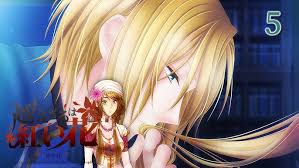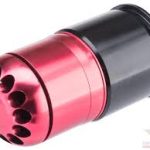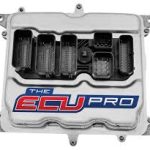1. Introduction to ZBrush Insect Skin Texture PSD Files
Zbrush insect skin texture psd files for free has become one of the most powerful tools in the 3D art industry, loved by character artists, modelers, and texture painters alike. One of its standout capabilities is the ability to create incredibly detailed surfaces, whether you’re making human skin, alien scales, or—in this case—insect textures.
Insects have some of the most fascinating skin and exoskeleton patterns in the natural world. From iridescent beetle shells to intricate moth wings, these patterns are a dream for artists who want to create visually striking creatures.
PSD (Photoshop Document) files are an excellent format for storing these textures because they retain layers, transparency, and high resolution. The beauty of PSD textures for insect skin in ZBrush is that they can be adapted, recolored, and layered without losing quality. Even better? Many talented artists and resource websites make these textures available for free, allowing creators to focus more on their designs and less on starting from scratch.
2. Benefits of Using PSD Files for Insect Skin Textures in ZBrush
2.1 High-Resolution Detailing
When working on insects in ZBrush, detail is everything. PSD textures are usually exported in high resolutions (2K, 4K, or even 8K), giving artists the ability to zoom in without losing sharpness. This level of detail is perfect for reproducing the tiny ridges, hair-like structures, and iridescent layers found on insect exoskeletons.
2.2 Non-Destructive Editing
One of the greatest strengths of PSD files is that they keep each element on a separate layer. This means you can adjust the hue of an insect shell, swap out certain patterns, or fine-tune shading without harming the base artwork. In a production pipeline, this non-destructive approach can save hours of rework.
2.3 Easy Integration With Other Software
While ZBrush is a powerhouse for sculpting and painting, it’s often used alongside Photoshop, Krita, Substance Painter, and other programs. PSD files make this workflow seamless because they are natively supported across most major design tools. You can tweak the texture in Photoshop, re-import it into ZBrush, and continue sculpting without file compatibility headaches.
3. How to Use Free PSD Insect Skin Textures in ZBrush
3.1 Importing PSD Files into ZBrush
The process begins by downloading your PSD texture. In ZBrush, go to Texture > Import, select your PSD file, and load it into the Texture palette. You can then apply it as a texture map or use it as a reference while painting directly onto your 3D model.
3.2 Adjusting Materials and Shaders
Textures are only half the battle—materials and shaders bring them to life. ZBrush’s materials like SkinShade4, ToyPlastic, or custom shaders can dramatically change how your PSD textures look. For insects, experimenting with reflection and specularity can create realistic shell-like surfaces.
3.3 Adding Micro Details for Realism
While a PSD texture provides the base look, micro details like tiny bumps, grooves, and scratches are added using alphas, bump maps, and displacement maps. These micro details catch light in a way that makes the model look physically real rather than digitally flat.
4. Where to Find Free ZBrush Insect Skin Texture PSD Files
4.1 Free Resource Websites
Several sites host free PSD textures that are perfect for ZBrush artists. Examples include:
-
Texture Haven
-
CGTextures (Textures.com)
-
FreePBR.com
These platforms provide high-quality, royalty-free assets that can be used commercially in most cases.
4.2 Artist Communities and Forums
Websites like ZBrushCentral, Polycount, and ArtStation are fantastic for discovering free PSDs shared by artists. Many creators upload sample textures from their projects, either as giveaways or portfolio pieces.
4.3 Creative Commons and Public Domain Sources
Platforms like Pixabay or Public Domain Textures offer completely license-free images. You can download macro insect photos, bring them into Photoshop, and convert them into layered PSD textures ready for ZBrush.
5. Tips for Customizing and Enhancing PSD Insect Skin Textures
Once you have your free PSD insect texture, don’t be afraid to make it your own. Here are a few pro tips:
-
Change Color Schemes – Try shifting a beetle’s green shell to a metallic blue for a fantasy creature.
-
Layer Multiple PSDs – Combine the pattern of a moth’s wing with the metallic sheen of a scarab for a hybrid design.
-
Use Masks – Apply textures only to certain areas of your insect model to create variation and realism.
-
Adjust Scale – If your insect is massive, scale up the texture details; if it’s tiny, keep patterns tight and subtle.
With these techniques, your insect models can stand out as hyper-realistic or wildly imaginative, depending on your project goals.
Final Thoughts
Free PSD insect skin textures for ZBrush open the door to creativity without the burden of making every texture from scratch. They save time, maintain high quality, and allow for unlimited customization. Whether you’re sculpting a realistic dragonfly or an alien beetle, having access to layered, editable PSD textures can make the difference between a good render and a breathtaking one.








